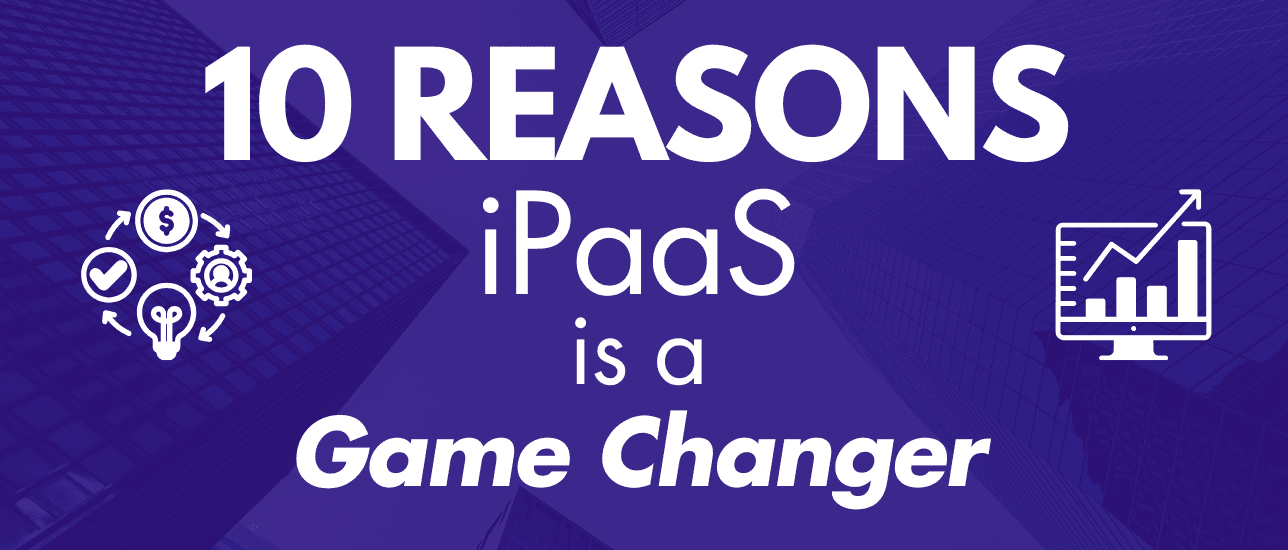Efforts for Streamlined Integration
iPaaS supplies a single central place to deal with integrations, significantly reducing the complexity of integrating disparate applications. With features like:
- Visual Integration Tools: The drag-and-drop interfaces make herding integrations simpler for non-technical users, negating the need for a dependency on IT departments.
- Pre-built Connectors: They facilitate fast coupling with widely used software, thus avoiding time and money investment in elaborate custom development.
- API Management: API management is part of a robust suite of capabilities offered in iPaaS platforms that ensure smooth data flow between applications.
Cost-Effective Integration Management
The subscription-based model of iPaaS eliminates the need for extensive in-house development:
- No Additional Hardware or Software: This avoids the capital expenditure to procure hardware or software for integration.
- Reduced Development Costs: Reduced development costs through using pre-built connectors and templates with less custom code.
Enhanced Operational Efficiency
By automating workflows and processes:
- Automation of Complex Business Processes: It helps automate workflows across systems, eliminating manual tasks and errors and improving productivity.
- Real-Time Data Synchronization: Ensures that all systems are up to date, which is important when making decisions in real time.
Scalability and Flexibility
iPaaS platforms are inherently designed for scalability:
- Cloud-Based Architecture: Enables businesses to scale up their integration capabilities without massive implementation changes.
- Support for Multiple Environments: Offers unparalleled flexibility by integrating systems across on-prem, private cloud, or across cloud providers.
Greater Security and Compliance
Security is a top priority:
- Vendor-Managed Security: Security is managed by iPaaS providers to release businesses from the pressure and ensure they are in compliance with data protection rules.
- Built-in Monitoring and Threat Detection: Offers tools for monitoring, threat detection, and observability, improving data security.
Faster Time to Market
The agility provided by iPaaS:
- Rapid Integration: Businesses can launch new products or services faster since pre-built connectors and cloud services speed up the integration process.
- Quick Response to Market Changes: Businesses can adapt to market demand quickly or quickly integrate new applications.
Superior Customer Experience
iPaaS contributes to:
- Consistent Customer Interactions: Data consistency across the systems ensures that customer interactions are both seamless and personalized.
- Enhanced Collaboration: Improves communication and collaboration with customers through integrated systems.
Sensor Data Management and IoT for Integration
For large enterprises:
- Data Warehousing: With data warehouses, iPaaS makes it easier and faster to integrate with a data warehouse, keeping a single ecosystem.
- IoT Implementations: Plays an important role in managing the amount of data from these sources, as it can manage real-time data from IoT devices.
Business Innovation
iPaaS fosters:
- New Processes and Services: Connects information enterprise-wide to fuel business process and customer experience innovation.
- Real-Time Insights: Provides real-time, big-picture insights to businesses to make rapid innovation.
Centralization of Data and Elimination of Silos
- Single Management System: With the centralized platform for a single point to manage all integrations, the management overhead is reduced.
- Breaking Down Data Silos: Ensures data consistency and accessibility across the organization by delivering a unified view of business data.
Here is a list of iPaaS (Integration Platform as a Service) examples:






